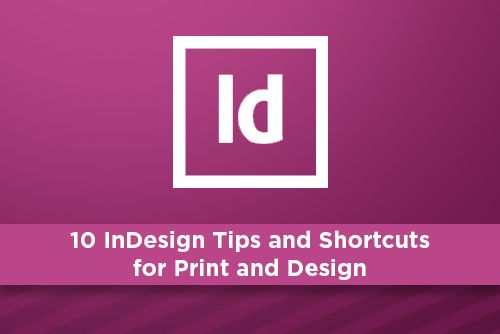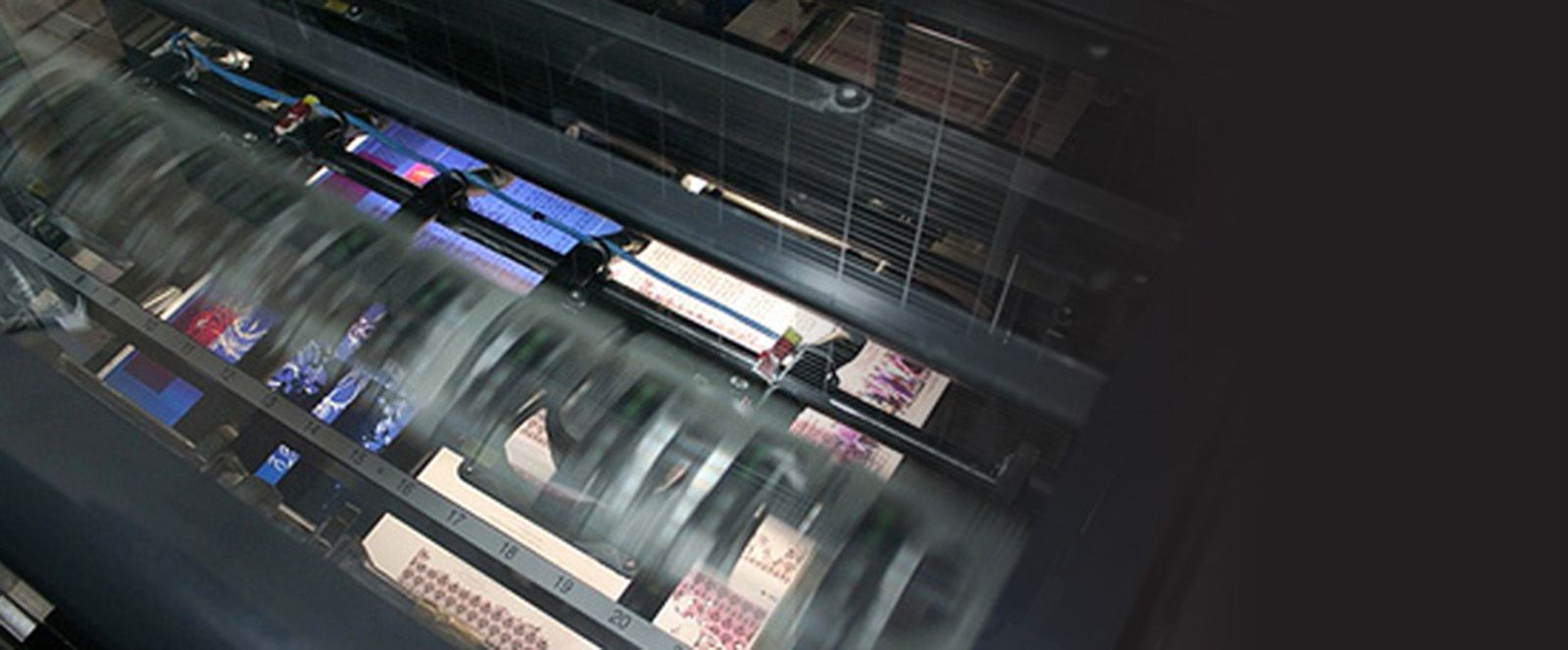
Use Basic Keyboard Shortcuts to Increase Productivity
Adobe products share many of the same basic keyboard shortcuts with each other, allowing you to increase your productivity by using the same key strokes in different programs. Many tools in the toolbox have a keystroke assigned to them making it easy for you to move from tool to tool while working. Holding shift while pressing the assigned key, toggles through the different tools.
Create Autocorrect Macros
On large typesetting jobs for companies and corporations, the client will want their entire company name listed throughout the text. A quick and easy way to save yourself time is to create autocorrect macros. In the menu bar of InDesign, choose Edit>Preferences>Autocorrect. In the preferences dialog, click the enable autocorrect checkbox and click the add button to show the add to autocorrect list dialog. In the Misspelled Word field, add the shortcut word you want to use (PSP), then in the Correction field, enter the words you want the shortcut word to spell (PrintSouth Printing, Inc.). Click ok and then ok again. Now when typing, every time you enter PSP, InDesign will autocorrect to PrintSouth Printing, Inc.
Text Wrap Only Affects Text Underneath
Adobe InDesign gives you a couple different ways to wrap text around an image or shape, but sometimes you need text unaffected by the wrap. If you have an area of text that overlays a graphic or image with text wrap, you can choose Object>Text Frame Options (command/control+b) and check the Ignore Text Wrap box. Or you can set your InDesign document to only affect text under a wrap. Choose Edit>Preferences>Composition from the menu bar. Enable the Text Wrap Only Affects Text Beneath checkbox and click ok. Any text placed on top of a text wrap will not be affected by the wrap.
Control Layers when Placing Graphics
The ability to create multiple layered documents in Photoshop and Illustrator allows your designs to look amazing. Saving multiple files from those apps can get confusing. Luckily InDesign allows you to import the same layered file while turning off/on different layers. Place an image by choosing File>Place and selecting your image or graphic. Choose Show Import Options and select ok. Click the Layers tab and select the layers you want visible by clicking the eye icon. Take note that adding or removing a layer in the original file will update differently in InDesign.
Rotating Spreads
InDesign does well with 8.5x11 saddle stitch books, but what if you need a layout that is 11x17 folded to 11x8.5 stitched in the middle like a calendar? You could create an 11x17 document, but printing companies need individual pages for imposition. Luckily InDesign has a work around for this situation. Create your normal facing pages document with the number of pages needed. Right click a page on the spread and choose Page Attributes>Rotate Spread View and choose 90 clockwise or 90 counterclockwise (just make sure you choose the same for all spreads). Now you can design the project as you would see it, and when you export to pdf, it will still be a left and right hand spread.
Flowing Text Boxes Through Multiple Pages
Reflowing text throughout multiple pages and text boxes is simple with InDesign. If you have more text than your text box will show, a little red plus sign appears in the lower right hand corner of your text box. Click the plus sign and begin drawing a new text box and your overflow text will fill into the box. But, what if you have lots of overflow text that will fill multiple pages? InDesign has a nice shortcut for doing this. Once you have clicked the little red plus, hold down SHIFT and click once in the top left corner of your page margins. InDesign will create a text box to the margins of the page, and create new pages with your text flowing into the new boxes automatically until your text runs out.
PDF X-Factor
InDesign give you lots of options when exporting a pdf including how to handle colors and layers. In the export dialog box, there is a dropdown menu titled Standard. Choosing PDF/X-1a converts RGB images to CMYK. The PDF/X-3a flattens your transparencies, but leaves RGB images alone. And the PDF/X4 keeps transparency and layers and does not convert RGB images.
Live Distribute
Aligning elements can be tricky, but InDesign allows you more control than you may be aware of. If you have your objects aligned and equally spaced but need more room between the objects, you could move one object, then select the others and click distribute but there is an easier way. Select your objects, then press and hold on a transformation handle, click and hold the spacebar and start dragging. Once you release the spacebar and transformation handle, your images will remain equally spaced out instead of resized. If you would like to see the objects as you redistribute, pause for a second before you begin dragging.
Edit Master Elements on any Page
Your master page works great on every page, except for one. Easily edit an element from the master page by holding down Shift + Command (Mac) or Shift + Control (Windows) and clicking on the element. This makes that element available on the page you are working on and leaves it alone on others that use a Master page.
Select Objects Behind Others
An easy way to select objects that are behind other objects, is to hold the Command key and click the elements. InDesign will select the top frame, then work its way down to the bottom frame with each click.
Download this InDesign Keyboard Shortcut pdf.
Stay up to date by subscribing to our mailing list.

